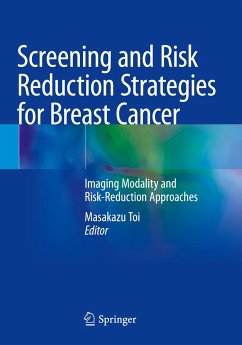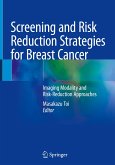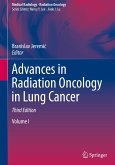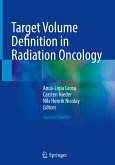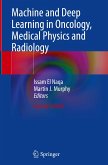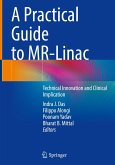This book provides readers with the most up-to-date practical information on breast cancer screening. Since breast cancers are highly heterogeneous, time to clinical onset from the initial carcinogenesis differs diversely between cancers. Pathological germline variants and driver mutations cause a high lifetime risk of breast cancer. The lifetime risks are various according to what genes are pathologically dysfunctional. Integrated omics and imaging technologies have established varying tumour characteristics. Thus, this book suggests that a more individualised scheme is required to improve breast cancer screening.
A key aim is to demonstrate how multiple diagnostic imaging modalities such as mammography, ultrasonography, MRI, PET and dbPET improve breast cancer screening accuracy. Mammography screening alone may have a limited impact on breast cancer risk prediction. These issues are crucial to discuss. Clinical experts recommend that new modalities be incorporated for women with dense breasts, like ultrasonography, dynamic mammography, MRI and maybe breast-dedicated PET. Topics on these modalities are going to be summarized in this book. An in-depth review of these modalities is summarised in this book. In addition, new diagnostic modalities, including risk assessment tools, multi-cancer early detection tests using liquid biopsy, the role of protein biomarkers in breast cancer risk screening, challenges, and hopes for future advances, are also covered in this book.
A key aim is to demonstrate how multiple diagnostic imaging modalities such as mammography, ultrasonography, MRI, PET and dbPET improve breast cancer screening accuracy. Mammography screening alone may have a limited impact on breast cancer risk prediction. These issues are crucial to discuss. Clinical experts recommend that new modalities be incorporated for women with dense breasts, like ultrasonography, dynamic mammography, MRI and maybe breast-dedicated PET. Topics on these modalities are going to be summarized in this book. An in-depth review of these modalities is summarised in this book. In addition, new diagnostic modalities, including risk assessment tools, multi-cancer early detection tests using liquid biopsy, the role of protein biomarkers in breast cancer risk screening, challenges, and hopes for future advances, are also covered in this book.

